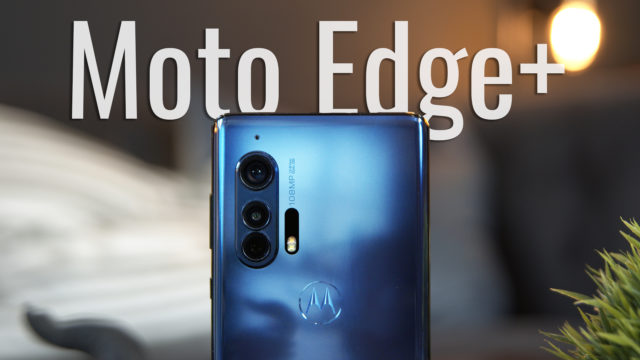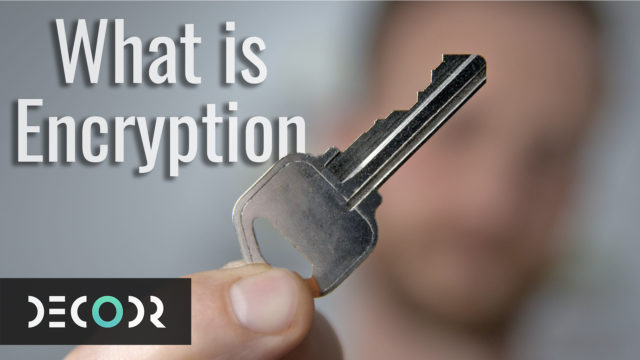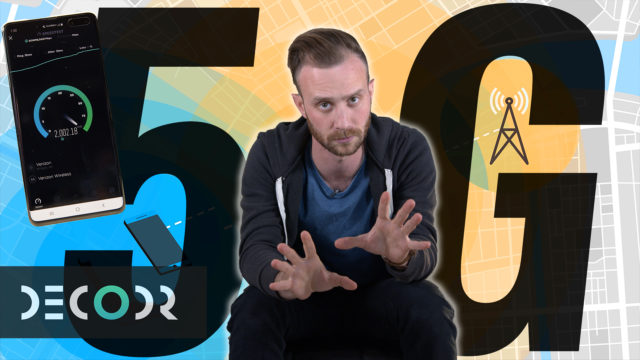What is Fios? (& Why You Should Absolutely Get It)
It’s sort of a joke between me and my other friends on YouTube. “You can come to my place and upload your video if you need–I have Fios”.
“Yeah, my video took forever to upload, I’m so jealous of your Fios internet.”
And honestly, there is a good reason why this is a thing. But for those that maybe have heard the term but are curious about what Fios is actually, I figured I’d break it down for you guys in a quick video.
Full disclosure: I have had Fios in my apartment for over a year and love it, but Verizon was kind enough to collaborate with me in creating this video to show you guys how it actually works.
What is Fios?
First up, what is Fios?
Fios is actually a branded term for Verizon’s fiber-optic network. It simply stands for Fiber Optic Service (and in Irish “fios” means knowledge, funnily enough).
Now, fiber optics is the transmitting of light through small fiber-like strands of glass (and sometimes plastic). These fiber optic cables have data transmitted down them at a much faster rate and with less signal noise since they aren’t susceptible to electromagnetic interference.
It’s pretty incredible how these cables work actually.
They’re made by taking glass (or, again, sometimes plastic) and pulling it through a machine so it becomes a long strand that is slightly thicker than that of a human hair. It’s through this that light will be transmitted in pulses (similar to how electricity is transmitted in pulses down copper wires).
This is then wrapped in a cladding that makes sure the light reflects back and forth within the glass strand and continues forward instead of refracting out of the core and being lost.
So, we have a transmitter at one end sending the light signals down the cable–bouncing around but always moving forward, and a receiver on the other end then decoding them into data. It’s similar in the way copper cables work in terms of sending and receiving, but there’s a bunch of benefits to using fiber optics over copper.
Benefits of Fios
So what are the benefits of Fios to you and me?
Speed, Speed, Speed
Well, firstly, and what most of us care about: speed.
Because of the way information is transmitted through the fiber optic cable it has much higher theoretical data rates than traditional coaxial or phone lines. The plans Verizon offers right now are 100Mbps download and upload (which is already crazy fast), 300Mbps down and up, and–what I have personally– which is crazy fast with speeds up to 940Mbps down and 880Mbps up. Over wifi I get a crazy 300Mbps up and down easily on every device in my apartment and if I plug in via ethernet I get that full speed for things like my video editing storage so I can connect to it remotely pull down and upload files quickly, my smart TV for streaming videos, and other things that can really take advantage of the speeds.
Also, it’s important to note the fact that these aren’t just download speeds, which are used for streaming things, etc. it’s also upload speeds which is important for gaming and for me personally when I need to upload videos to YouTube or access files on my NAS storage remotely.
More Affordable
So, I know what you’re thinking, fast means expensive. But Fios has some pretty competitive pricing, actually.
For example, the 100Mbps plan is just $39.99/month with Verizon Fios and the top plan, the one I have, is just $79.99/month for the Fios Gigabit Connection plan plus they basically throw in TV and phone service for free essentially (not that I’m one to use TV service or phone service honestly, but hey, if it’s the same cost as it is without having it basically, then why not). You can check more out about those special plans at the link below.
Better Signal
Beyond the fact fiber optics is faster and more affordable, it’s also more reliable. Thanks to the fact that fiber optic cables are relatively new, they’ve been installed in a much better way. My building at least was built with fiber optics (and Fios, in particular) in mind so the cabling, access boxes, etc. are cleanly installed and easy for technicians to access, etc..
And who doesn’t like good cable management?!
Cons of Fios
So Fios probably sounds too good to be true at this point, right? Well, honestly, there’s really only one downside.
Availability
That downside is the fact that it isn’t available in a lot of places. Companies are still trying to roll out the fiber optic cables as fast as they can since it’s a newer technology, but when you think about how many miles of cable that is in the streets and then all of the cables in individual buildings, as well, it’s no surprise why it’s so large of a task for these companies and is taking a bit of time to see everywhere.
Fios from Verizon is currently available to residential customers living in select areas of New York, New Jersey, Maryland, Virginia, Pennsylvania, Rhode Island, Massachusetts, Connecticut, Delaware and Washington D.C. but you can check what’s available in whatever area you are in by clicking here.
Conclusion
Overall, Fios and fiber optics are faster, more reliable, and more affordable than most other internet providers. In fact, JD Power has awarded Fios “Highest in Customer Satisfaction with Residential Internet Service in the East, Six Years in a Row” and PCMag even ranked them as the fastest ISP in the US in 2018.
Bottom line: if you can get Fios in your area, you probably should. Period.
Thanks again to Verizon for helping me make this video. If you guys want to check out their exclusive offers and see if you can get Fios in your area, head to the link below. Otherwise, let me know what you guys think of Fios and fiber optic internet, I’d love to hear from you guys. I, honestly, love it. There’s nothing more satisfying to me than everything on the internet being instant.
Check out the latest plans and if its available in your area here.
As always, thanks for watching!





















